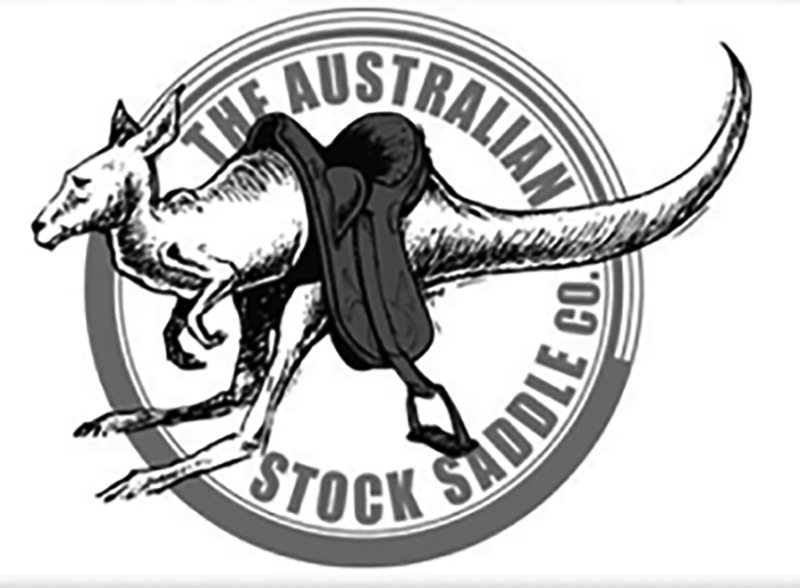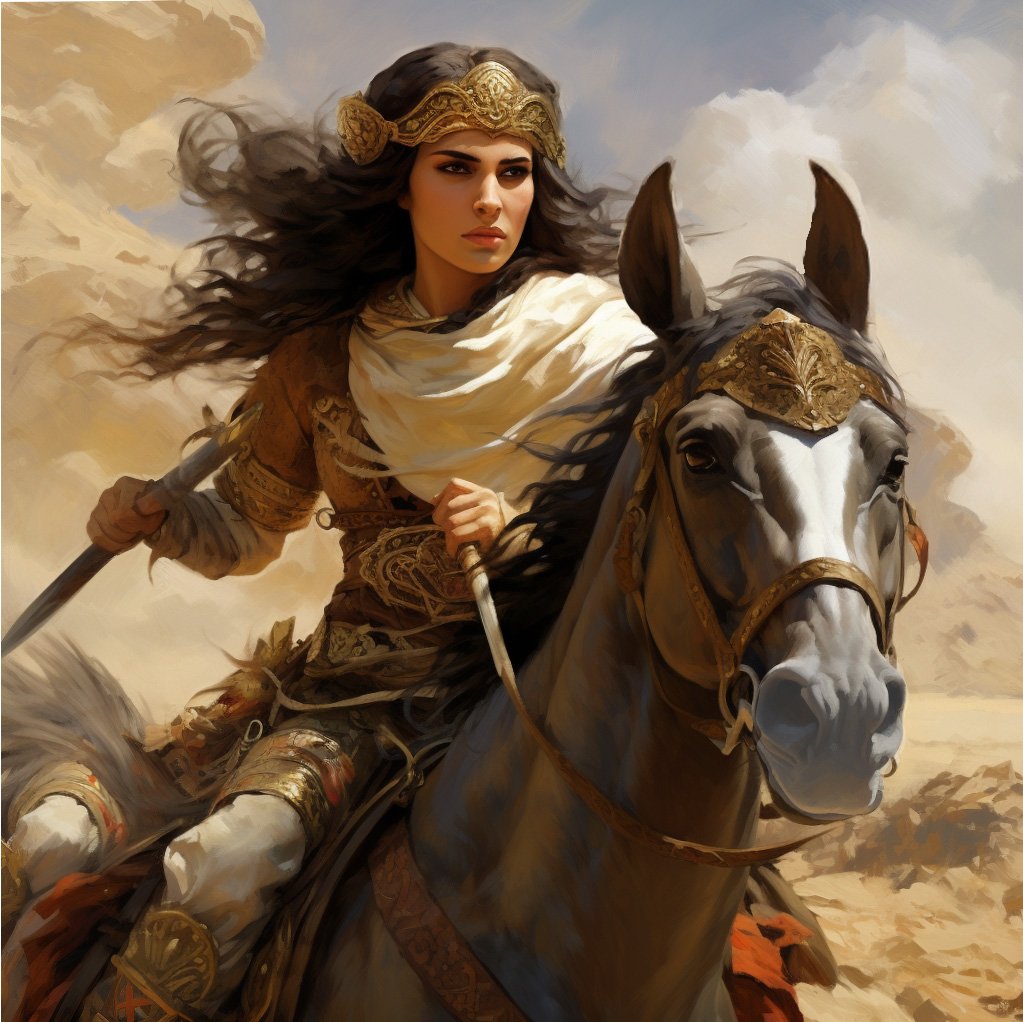FITTING MULES WITH SADDLES
Mules Are different, in more ways than ears. But the biggest difference is something not visible to the human eye. It is wrapped up in their spirit. For example, you can put a horse in a trailer and go down the highway and have a wreck and you manage to get the horse out but from that day forward you will have trouble loading that horse into a trailer. Have the same wreck with a mule, and he will never forget that YOU put him in the trailer. Thereafter he will have a different view of YOU. Over time this feeling might vanish. And it might not. After half a century of fitting saddles to horses and mules, this has been my discovery. With mules I have learned to be very careful, calm and considerate. Make no move that you would wish you could take back. Horses are quick to forgive. Mules are not.
The physical difference between horses and mules is also significant. They are finer boned and less bulky. The bottom line for a mule is there is less wither to hang a saddle on. Couple this with a straight back and there are challenges. Breeching and/or cruppers are a must, along with a serious breastplate. Horses on flat country can often get away with neither.
Mules are naturally quick to learn. Unlike a horse, repetition to deliver a task is not effective. Reward is.
“Stubbin as a mule” has become a staple of everyday conversation. But I never think of mules as stubborn. Rather I see them as knowing what they want. A mule might balk at a log you want him to jump, but he just might be trying to tell you going around would be easier than going over.
Convince a mule that doing a particular task will please you , the chances are he will be quickly on your side.
For over 3,000 years mules have been beasts of burden, favored over horses to pack weight because they are shorter coupled and have been known to carry their own weight. They are also more tolerable to harsh conditions and dehydrate at a much lower rate than horses. They can live on leaves off trees.
Mules evolved from the African wild ass and grew in stature with natural cross breeding. In 1495 Christopher Columbus brought donkeys, horses and mules to the New World In 1785 George Washington received a breeding jack from King Charles 11 of Spain and thereby created the first mule breeding program in America.
During the gold rush days across America and around the world donkeys and mules were as vital as a pick and a shovel. A mule or donkey was often the only companion a prospector had for months or years.
A mule happens when a male ass (Jackass or Jack) is mated with a female horse, or mare. They range in size from 12.1 hands to 17.5 and weigh up to 1,500 pounds. Less frequent is the cross between a female ass and a male horse, resulting in a hinny, invariably smaller than a mule.
Horses were first ridden in warfare by the Samaritan women warriors around 400 BC, and thereafter became a staple in battle.
The German Army entered World War 11 with 514,000 horses and during that war eventually used some 2.75 million horses and mules. The Allied armies they fought used even more, collectively. Mules carried ammo and supplies. Horses packed cavalry.
Like horses in most countries today, life for the mule has become easier. They have been largely liberated by the internal combustion engine. But for extremely rough country they will still outwork four wheels. They may not pass a Thoroughbred on a track, but they will sure get to the top of a mountain first.
Mules as recreational mounts are becoming more popular as urban sprawl has gobbled up trail riding country. Increasingly it is the hills, or nothing. They go places horses can’t – or won’t.
I have found saddling mules that they are more sensitive than horses. Mules will let you know quickly if something is not working. Horses seem more tolerable to discomfort but, yes, they will give many signs a saddle is not working. But you need to read those signs.
Early in my saddle fitting career I took no reaction from a mule to mean that everything was fine., with the new saddle I was trying to sell his owner. When I climbed aboard, I discovered all was far from fine. Packed a buck, that mule!
Another near disaster was the very first time I took a mule over a jump. After years of steeple chasing thoroughbreds, I took the mule at speed to a modest three-six fence. I expected him to take off back from the rail and jump long, like my thoroughbreds. I was shocked when he ran right up to the base of the jump and I was sure he was going to crash into it. But he cleared it like he was a giant rabbit. I ended up on his neck. It wasn’t pretty. A “coon jump,” an old Southern rider observed.
Saddles that work best on mules are fleece lined, not the stuffed panels of traditional Aussie saddles. English saddles are only marginally better.
But like any saddle for any riding mount, the saddle should fit the horse or mule. Most of my saddles are built on wood and metal trees that I can perfectly adjust to fit any back. Not so easy with fiberglass or bull hide wrapped trees that are solid.








